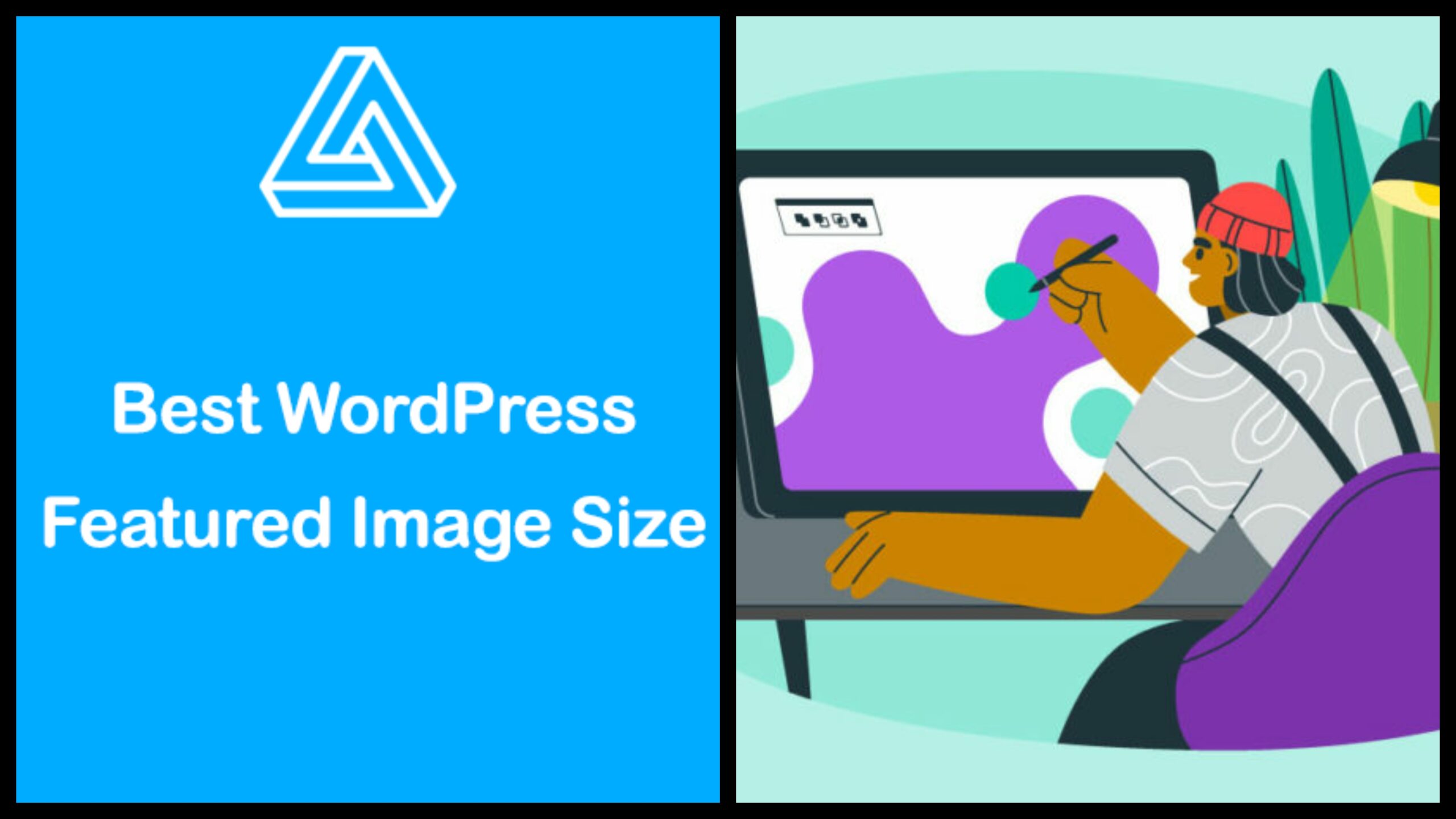
The Sizing & Design Guide to Creating the Perfect WordPress Featured Image
You might want to think about publishing blog posts on a regular basis if you want to bring in new visitors to your website. But if you don’t use featured images, your posts probably won’t look good enough to get people to click on them.
Fortunately, featured images for your articles can be easily created. You can instantly revitalize your WordPress posts once you understand how to locate the appropriate photos, correctly size them, and optimize them for search engines.

We’ll talk about featured images in this post. After that, we’ll show you how to use them. Let’s get going!
How does a featured image work?
The visual representation of a particular post, page, or custom post type is the featured image in WordPress. These images will typically appear at the top of posts or in your blog feed when someone visits your website.
Your theme determines the settings for your featured image in WordPress. This includes your images’ dimensions and location.
The following are typical locations where featured images are displayed:
-The top of a page or post -Pages on your website that link to blog posts, such as your WordPress homepage, recommended posts section, or search results -Thumbnails for social media links They might also appear as background images to you.
The Benefits of Employing Featured Images
You might be wondering why you need a featured image for each post on your website if you are new to WordPress. Notwithstanding, these can be the way to establishing a decent first connection with new guests.
What is the ideal size for featured images in WordPress?
As we mentioned earlier, featured images in various WordPress themes may come in a variety of sizes. Notwithstanding, the general size is 1200 x 628 pixels.
This size is compatible with numerous WordPress themes. However, the size of your featured image may vary depending on your personal preference and the theme’s layout.
It is essential to keep in mind that WordPress will resize your images according to the default settings. When you upload an image, three different versions are produced:
-Thumbnail: Medium: 150 x 150 pixels Large: 300 x 300 pixels 1024 x 1024 pixels: Six Tips for Creating the Best WordPress Featured Image
Included pictures can transform your site into a connecting with, media-rich experience. Let’s talk about some of the best ways to make them!
1. Be consistent and relevant.
However, there are a few things to keep in mind when using featured images to enhance your blog posts and make them more appealing to visitors.
First and foremost, you should avoid using random images. A post’s featured image should be relevant to the content because it serves as the post’s introduction.
2. Copyrighted images should not be used.
You never know when you might come across a picture online that you think would look great as a featured image. In any case, before you transfer it to your WordPress site, you’ll have to guarantee that keeping away from legitimate issues isn’t protected.
Under a Creative Commons license, you can typically use any image you get from a source. Unless they are used for a commercial purpose, you can use these on your website for free.
3. Reduce the size of featured images by optimizing them.
The featured images in your Media Library will begin to occupy a significant amount of space if you publish posts frequently. These images may have a negative impact on the performance of your website if they are not properly optimized.
The primary goal of optimizing your images is to reduce their file sizes. You can speed up the loading process by compressing your featured images.
4. Recover Old Thumbnails.
WordPress will resize your images in accordance with your settings’ pixel guidelines when you upload them. Your previously uploaded images will continue to have the out-of-date sizing even after you change the default sizes.
You can upload your featured images again manually if you want to change their size. Nevertheless, this will require some time.
5. Image Optimization for Search Engines
As a site proprietor, you most likely definitely know how imperatively significant Website improvement (Web optimization) is. By optimizing your content, you can rise to the top of search results and avoid paying for costly advertising strategies. This may assist you in increasing organic traffic.
Your site’s SEO may benefit from featuring images. You can make your images more appealing to users and search engines by simply adjusting a few aspects.
6. Enhance the thumbnails of social posts.
Promoting blog posts can be made easier with the right social media platform. Optimizing your featured images for these platforms is crucial before you encourage social sharing.
Using a plugin like Yoast SEO, you can easily change the links on your social media accounts. You can, for instance, view thumbnail previews for your Twitter and Facebook accounts in the premium version.



Leave a Reply